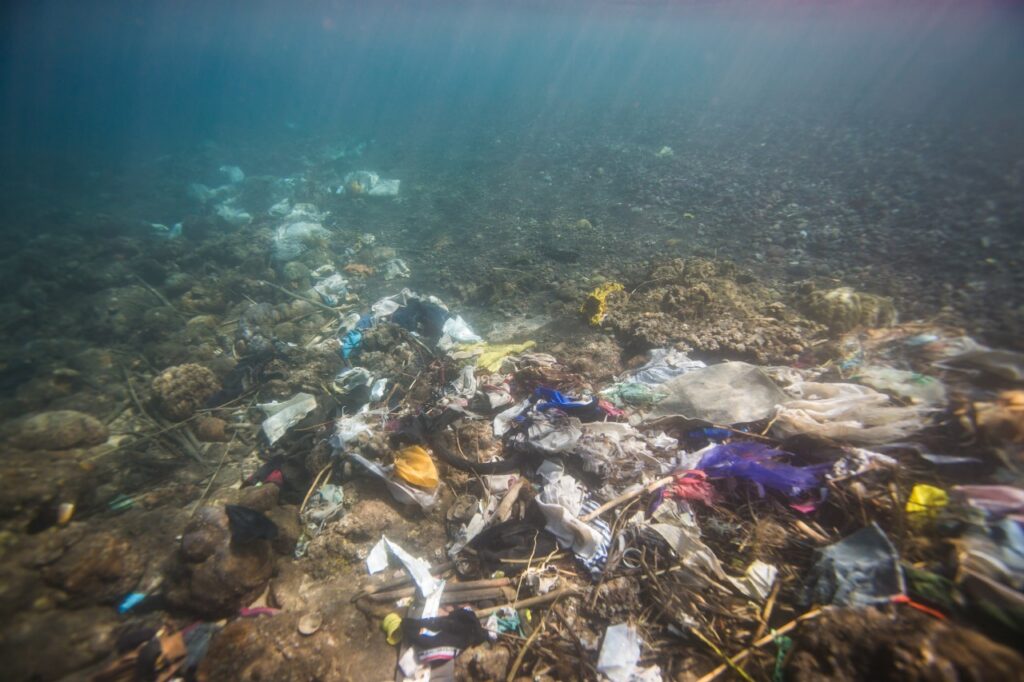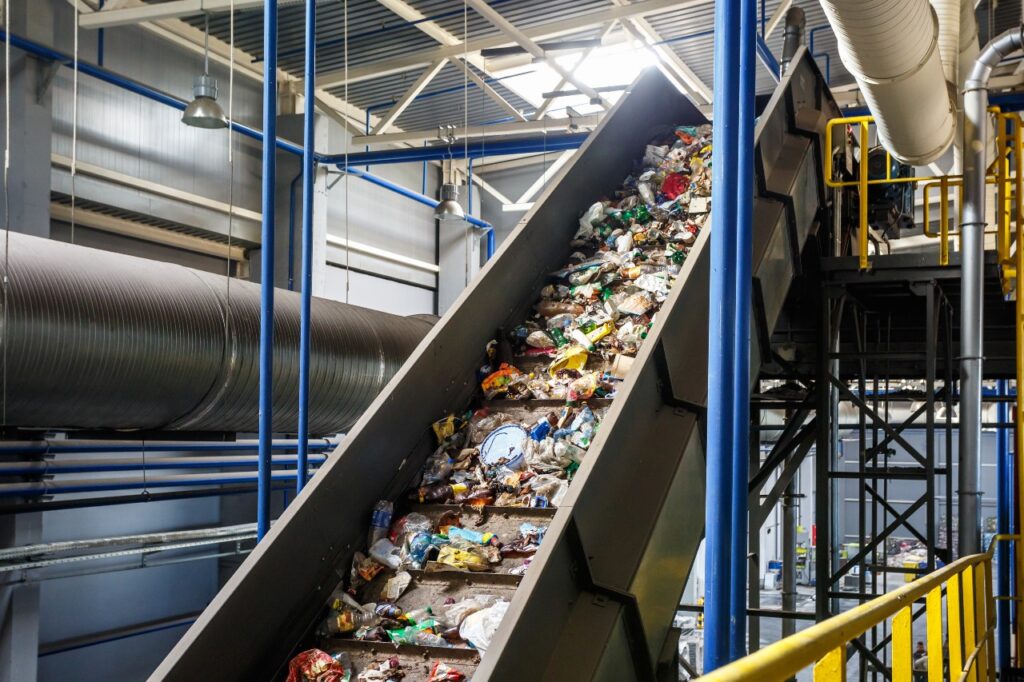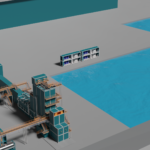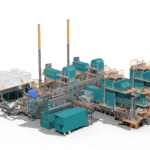WOIMA Blog 1/2019
Waste in Numbers 2/2
In 2016 consultants at McKinsey calculated that open burning, dumping or discharging one ton of rubbish into waterways cost south Asian economies $375 through pollution and disease, against $50-100 required for basic systems to dispose of that same ton properly.
The best solution is better rubbish collection in Asia. Just ten countries, eight of them Asian, spew two-thirds of all marine plastic litter originating on land. Fully 90% of the stuff discharged by waterways comes in ten rivers, two in Africa and the rest in Asia. Around 1.5 million tons of plastic flows down the Yangzi river in China each year, compared with18 tons from the Thames.

Although debris in the oceans has surfaced recently as a prominent environmental concern, other pollution takes a greater toll on the seas. Fertilizer run-off can cause damage worth $200 to 800 billion a year, compared with $13 billion for marine plastic litter.
Around half of all westbound trans-Pacific container traffic used to be rubbish for recycling. Because of the ban on waste imports set by many South East Asian countries, shipping companies, whose low margins were offset by massive volumes, now risk losing this trade. Drewry, a shipping consultancy, estimates that the ban could jeopardize four to five million containers sailing west across the Pacific annually. That is equivalent to 3% of worldwide container traffic.
The 45 million tons of defunct fridges, radios, smartphones and the like discarded annually worldwide contain $55billion-worth of gold, silver and other valuables. According to research, it costs Chinese recyclers of defunct electronic devices (known as “e-waste”) $2,000 to extract a kilogram of gold from old television sets; mined from the ground, the metal fetches $40,000 a kilo.

In 2009-16 the number of biogas plants in Europe grew from 6,000 to 17, 700, i.e. four plants were commissioned every single day. And yet, they still produce only 2% of all EU energy. Fortunately, the share looks set to grow as more governments tackle food waste and encourage renewable energy programs.
Last year the International Resource Panel, an independent scientific body under the auspices of the UN Environment Program, suggested that wiser use of resources could add $2,000 billion, or roughly the GDP of Italy, to the global economy by 2050. Limiting food waste alone could contribute $250 billion a year by 2030. Analysis by Circle Economy, a consultancy, found that, out of the 84 billion tons of materials consumed each year by the global economy, including biomass, sand, metals and fossil fuels, barely 9% are reused.
The environment would benefit, with fewer mines, more trees and less need for landfills. Recycling aluminum saves 95% of energy compared with smelting new metal. The savings are 88% for plastic, 60% for steel and paper, and 38% for glass. According to Sitra, Finland’s state-run innovation fund, raising recycling rates for aluminum, steel and plastic by 50% would cut European industrial emissions, which account for one-tenth of the continent’s total, by a third.
“Take, make, dispose” must now shift to “reduce, reuse, recycle”
Contact WOIMA, if you see yourself as collaboration partner in saving the planet. Ask more about turning waste into wellbeing with WOIMA Circular Economy Solutions.
WOIMA Social Media accounts



